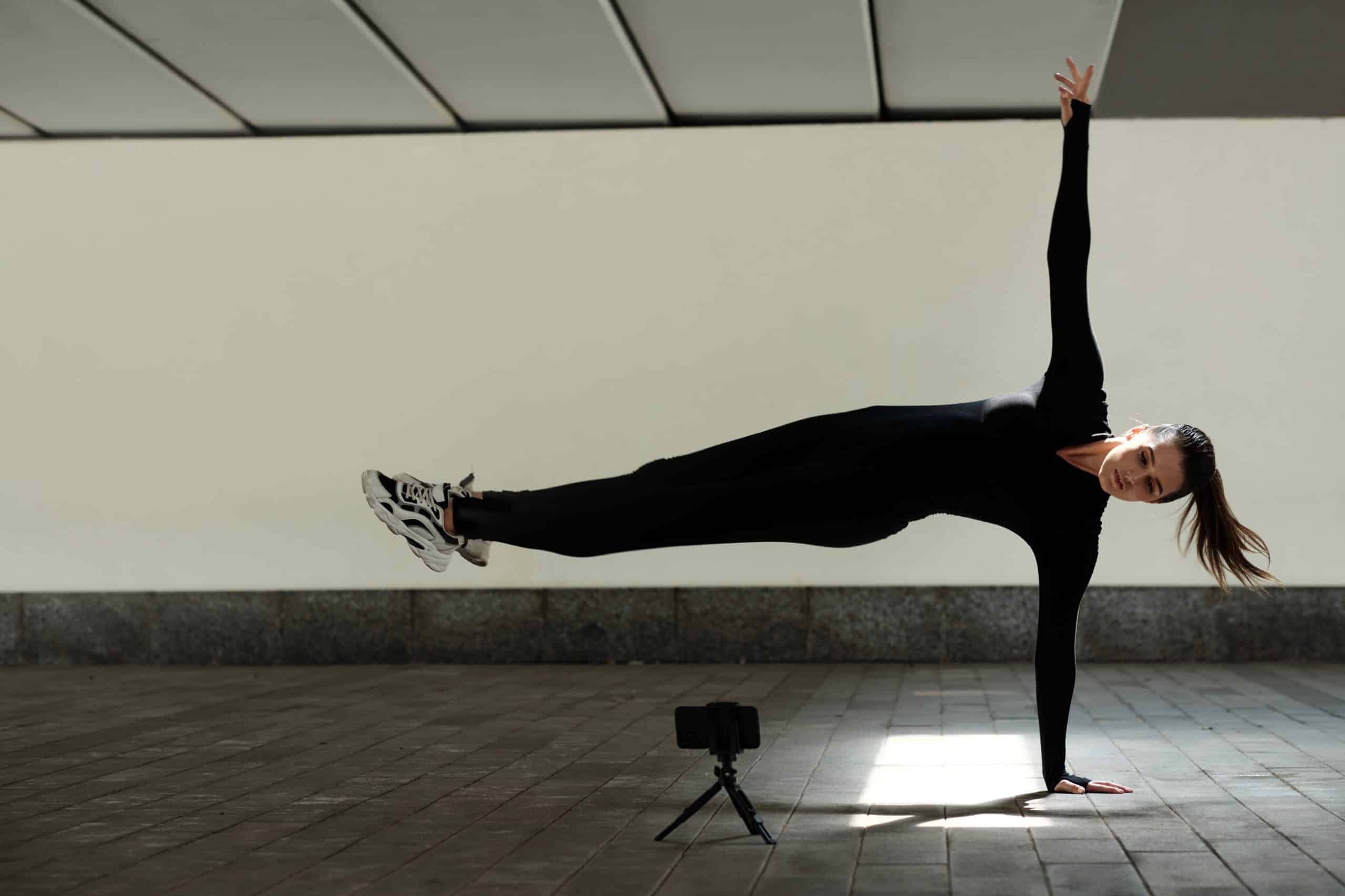Smart shoe insoles, armed with sensors and data analysis capabilities, are increasingly gaining popularity in the sports industry. These insoles are not just about comfort anymore – they are about maximizing athletic performance, enhancing gait and preventing injuries. Whether you are a seasoned athlete, an avid runner or a scholar fascinated by the science of sports, understanding the potential of these insoles can be valuable.
The Function of Insoles in Athletic Shoes
In the world of sports, it is often said that the devil is in the details. Every aspect of an athlete’s gear, right down to the insoles of their shoes, can play a significant role in their performance.
Have you seen this : What Role Can Social Media Play in Promoting UK’s Local Artisans and Craftsmen?
Insoles, often overlooked, have a direct impact on the foot’s function while running or performing sports. They act as a bridge between the foot and shoe, absorbing impact, distributing pressure, offering support, and even correcting foot alignment. However, the traditional insoles are passive – they react to foot movement but don’t provide feedback or actively enhance performance.
This is where smart insoles come in. These next-generation insoles, armed with sensors and smart technology, are designed to provide more than just passive support.
This might interest you : 5 Major Benefits of Watching a Genealogy Documentary
How Smart Insoles Work
Smart insoles are a combination of science and technology, designed to take your performance to the next level. But how do they work exactly?
These insoles are embedded with multiple sensors that continuously capture data about the foot’s pressure points, movements, and the dynamics of each step. This data is then transmitted to an app or a connected device, where it is analyzed to provide real-time feedback about your running pattern, gait, and foot comfort.
Consider the foot as a complex machine with various parts working in harmony. A minor misstep or imbalance can lead to injuries. This is where data-driven analysis comes in. The smart insoles, combined with advanced algorithms, can identify patterns and anomalies in your gait that might not be apparent to the naked eye. They can help you correct your strides, optimize your foot movement, and even forecast potential injuries based on your running style.
The Role of Smart Insoles in Performance Enhancement
In sports, the difference between winning and losing can often come down to minute details. This is where smart insoles can make a significant difference.
By providing real-time analysis of your foot movements and pressure distribution, smart insoles can help you optimize your performance. They guide you on how to adjust your stride, foot placement, and running rhythm to run more efficiently and effectively.
For example, by analyzing the foot pressure data, the insoles can provide feedback about whether you are overpronating (where the foot rolls inward excessively) or underpronating (where the foot doesn’t roll inward enough). Both these situations can lead to inefficient running and potential injuries. By correcting these, you can enhance your performance while reducing the risk of injuries.
Injury Prevention with Smart Insoles
Preventing injuries is as crucial as enhancing performance in sports. A smart insole can act as a virtual coach, guiding you to modify your gait and stride to reduce the risk of injuries.
For instance, certain running patterns can lead to conditions like plantar fasciitis, a painful inflammation of the heel. Smart insoles can identify such patterns and suggest corrections, preventing the condition from developing.
Moreover, by analyzing the data over time, these insoles can also forecast potential injuries. If the insoles detect that you are consistently putting excessive pressure on a particular part of your foot, they can warn you of the potential risk of injury.
The Future of Smart Insoles
Just like how Google revolutionized information search with data and algorithms, smart insoles have the potential to transform sports performance and injury prevention — all based on the data captured right under our feet. They are bound to become an essential part of an athlete’s gear, just like heart-rate monitors and GPS watches today.
We are just scratching the surface of what smart insoles can achieve. With advancements in sensor technology and data analysis algorithms, these insoles could soon provide even more detailed insights and personalized feedback.
For instance, crossref scholarly work on smart insoles suggests that they could be used to detect subtle changes in an athlete’s gait that could signal the onset of conditions like arthritis. Similarly, they could also be used for rehabilitating patients after foot or leg injuries, helping them regain their normal gait.
In conclusion, smart insoles are set to revolutionize sports performance and injury prevention – making sports safer and more competitive. So, the next time you are out to buy sports shoes, don’t forget to check if they come with smart insoles or consider investing in a pair.
The Science behind Smart Insoles
The magic of smart insoles lies in their sophisticated sensor technology and advanced data analysis algorithms. These insoles are embedded with pressure sensors that continuously capture data about the foot’s pressure points, movements, and the dynamics of each step.
The sensors are usually made from materials like carbon fiber, which is known for its strength, durability, and excellent shock absorption properties. When combined with the smart insoles’ design, these sensors enable the insoles to provide both support and real-time feedback on the foot’s function.
But it’s not just about capturing data – what makes smart insoles truly revolutionary is their ability to analyze and interpret this data. Using advanced algorithms, smart insoles can identify patterns and anomalies in an athlete’s gait. This level of gait analysis was previously only possible in specialized sports science laboratories, but is now accessible to every athlete through smart insoles.
In essence, smart insoles turn every step into a learning opportunity. They help athletes understand their unique running style and identify areas of improvement, making them a powerful tool for enhancing athletic performance.
Smart Insoles in the Realm of Sports Medicine
In recent years, smart insoles have begun to make their mark in the field of sports medicine. With their ability to provide a detailed analysis of foot function and gait, these insoles are proving to be invaluable tools for injury prevention and rehabilitation.
Research studies indexed on PubMed and Crossref Google Scholar support the efficacy of smart insoles in injury prevention. A free article on PubMed found that smart insoles could effectively detect overpronation and underpronation – common causes of running injuries. By correcting these foot movements, athletes can significantly reduce their risk of injury.
Smart insoles also have a promising role in rehabilitation. A PMC free article details how these insoles helped patients regain their normal gait after foot or leg injuries. By providing real-time feedback and guidance on foot placement and movement, they assist in speeding up the recovery process.
Conclusion: Embracing the Future of Footwear
With their powerful combination of sensor technology and data analysis capabilities, smart insoles are revolutionizing the world of sports. They are enabling athletes to enhance their performance, prevent injuries, and gain a deeper understanding of their unique running style.
However, the potential of smart insoles extends beyond just sports. As highlighted by scholarly work indexed on Crossref Google, they could also be used to detect early signs of conditions like arthritis, transforming the way we approach orthopedic health.
So, whether you’re a seasoned athlete or someone simply looking to improve your running style, smart insoles are worth considering. They’re more than just a comfortable addition to your shoes – they’re a gateway to a smarter, safer, and more efficient running experience. Don’t just run – run smart.











